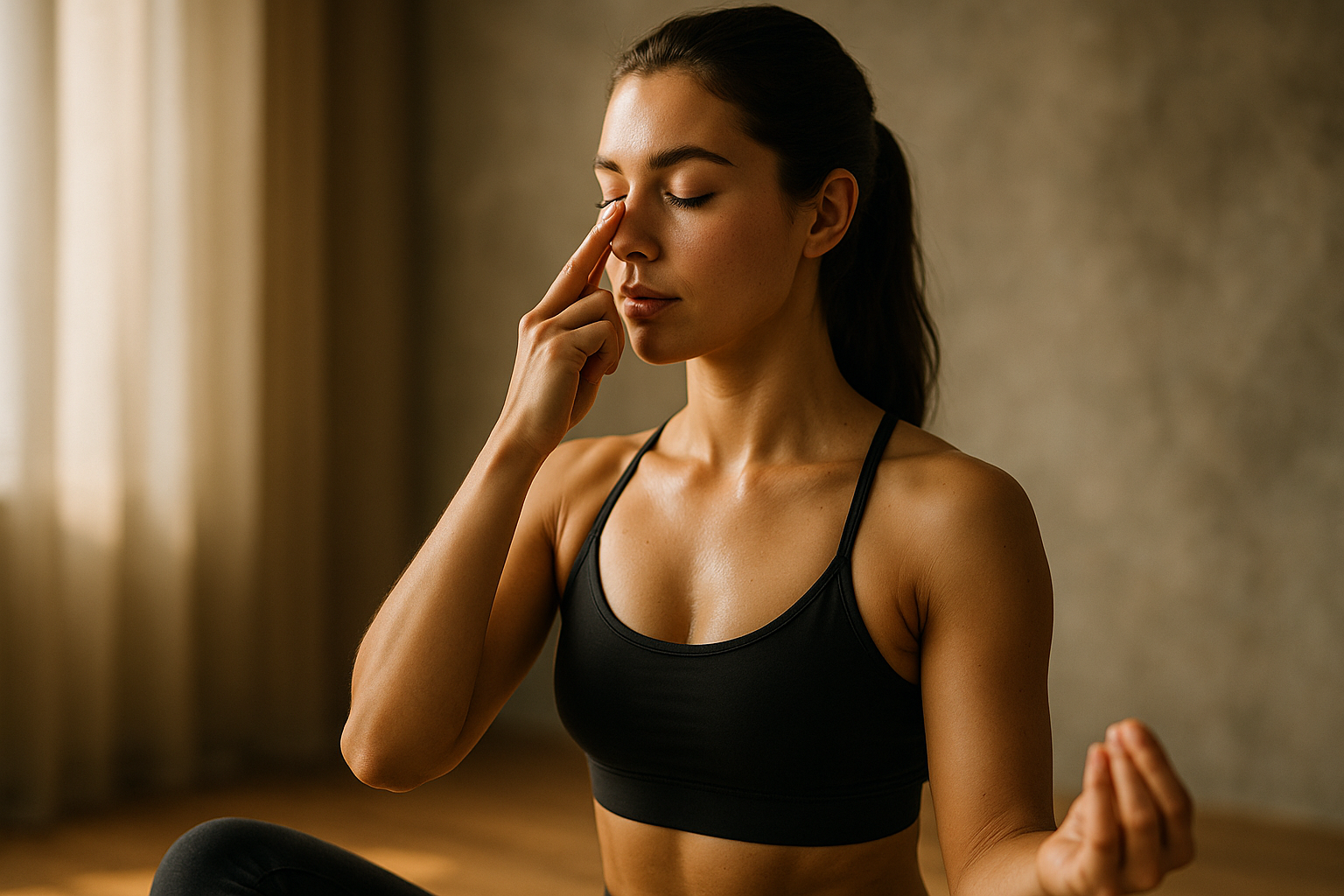Breathwork: The Unsung Hero in Beauty and Fitness
Breathwork, a seemingly simple practice, has been largely overlooked in the beauty and fitness industries. Yet, its potential impact on body transformation, mental wellness, and overall self-care is significant. This article will delve into the history of breathwork, examine its present-day relevance, and explore its potential future impact on the beauty and fitness industries.

A Historical Overview of Breathwork
Breathwork is not a new concept. It can be traced back to ancient civilizations, where it was a fundamental aspect of yoga, meditation, and martial arts. Ancient Indians, for example, practiced Pranayama, a form of breath control as part of their yoga practices. Over time, this practice, along with other types of breathwork, spread to different parts of the world.
Despite its ancient roots, breathwork only began gaining mainstream recognition in the West during the mid-20th century. Psychiatrist Stanislav Grof and his wife Christina, for instance, developed Holotropic Breathwork as a therapeutic technique in the 1970s. Since then, various forms of breathwork have been integrated into Western fitness and wellness routines.
Current Trends and Insights
Today, breathwork is making a comeback in the beauty and fitness industry, with expert analysis suggesting this trend will continue to grow. Fitness enthusiasts and trainers are increasingly integrating breathwork into workout routines to enhance performance and recovery. Simultaneously, in the beauty industry, breathwork is being recognized for its potential to improve skin health and reduce signs of aging.
Research suggests that breathwork can potentially reduce stress, improve mental health, enhance physical performance, and even have anti-aging effects. A study by Ma, Yue, Gong, et al. (2017), for instance, found that mindfulness breathing exercises can reduce anxiety and depression. Meanwhile, a study by Zaccaro, Piarulli, Laurino, et al. (2018) found that breathwork can boost physical performance and recovery.
The Beauty and Fitness Benefits of Breathwork
In the fitness industry, breathwork is being used to enhance athletic performance and aid in recovery. By teaching individuals to control their breathing, they can improve their cardiovascular endurance, increase their lung capacity, and speed up recovery times.
In the beauty industry, breathwork is gaining recognition for its potential to improve skin health. By increasing oxygen flow, breathwork enhances cell regeneration, which can lead to healthier, younger-looking skin. Additionally, because stress can exacerbate skin conditions like acne and eczema, the stress-reducing effects of breathwork can also benefit skin health.
The Future Impact of Breathwork
Given the increasing recognition of its benefits, breathwork is poised to have a significant impact on the beauty and fitness industries. As more research is conducted and as more people experience the benefits of breathwork, its adoption is likely to increase.
Breathwork can be easily integrated into most people’s routines, making it an accessible tool for enhancing beauty and fitness. As such, it has potential market relevance and could become a staple in beauty and fitness routines.
Conclusion
Breathwork, though often overlooked, has the potential to significantly impact the beauty and fitness industries. Its benefits—ranging from improved physical performance to enhanced skin health—make it a valuable tool in the pursuit of wellness and transformation. As we move forward, it will be exciting to see how breathwork continues to shape these industries.




